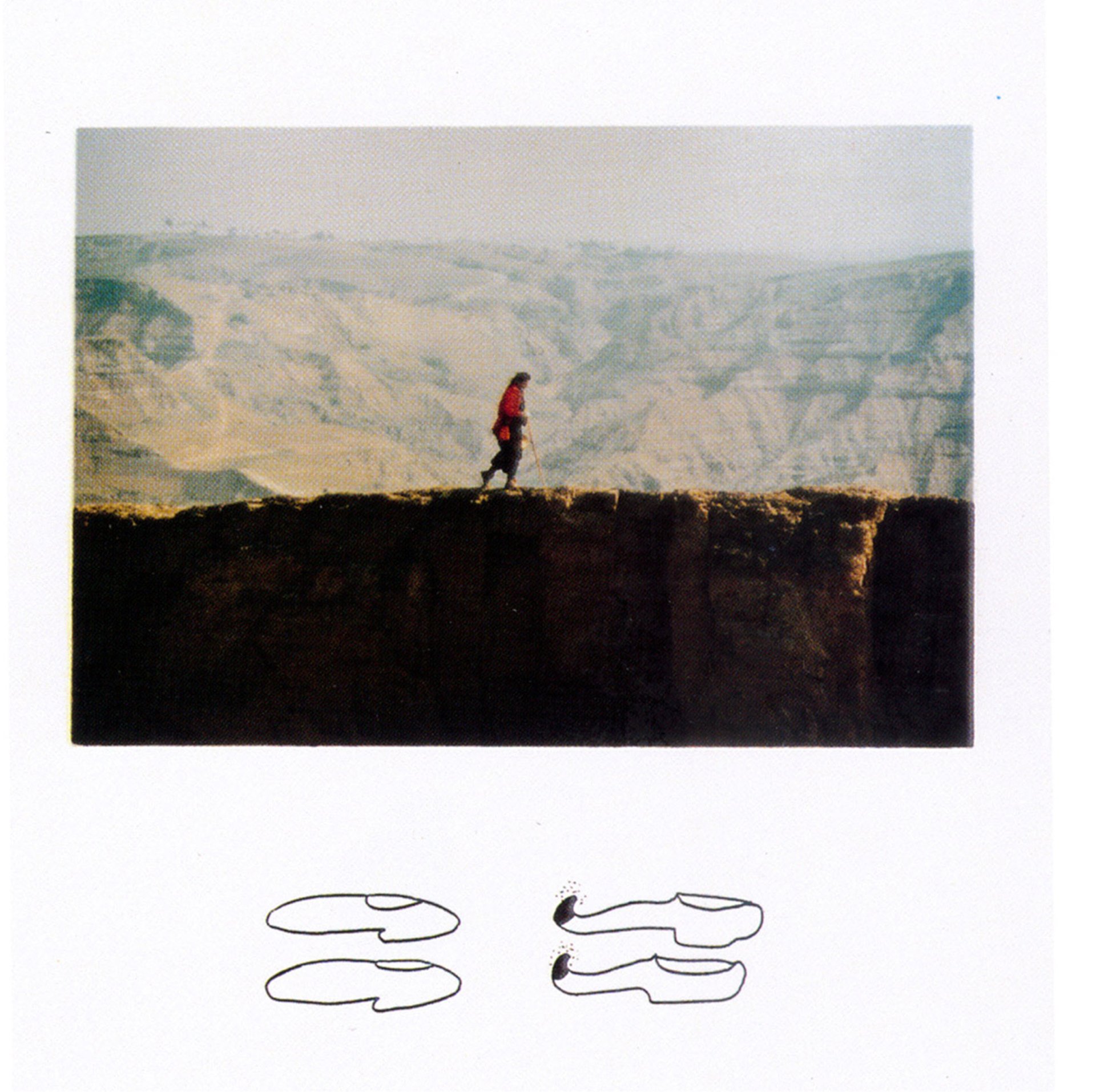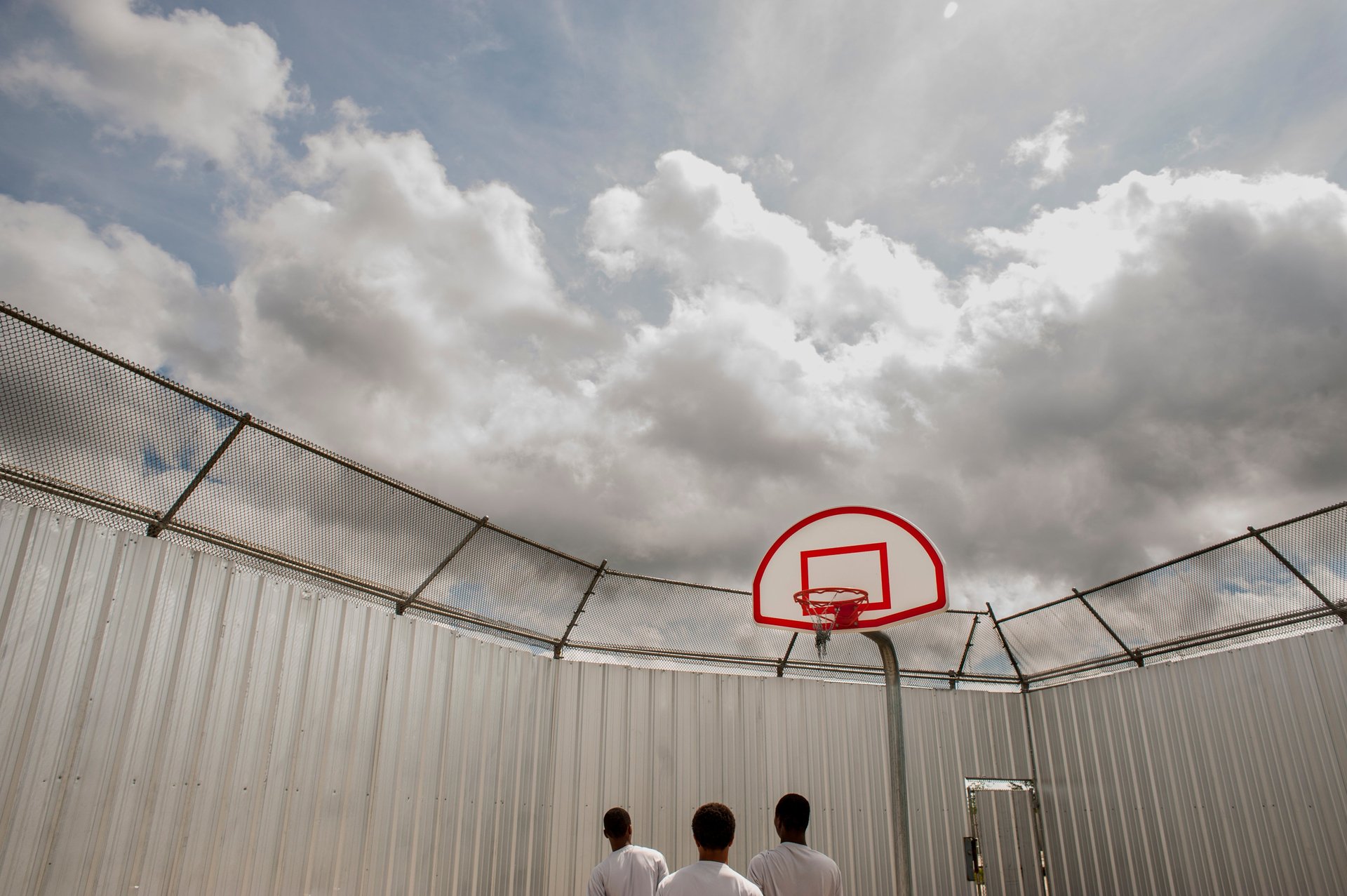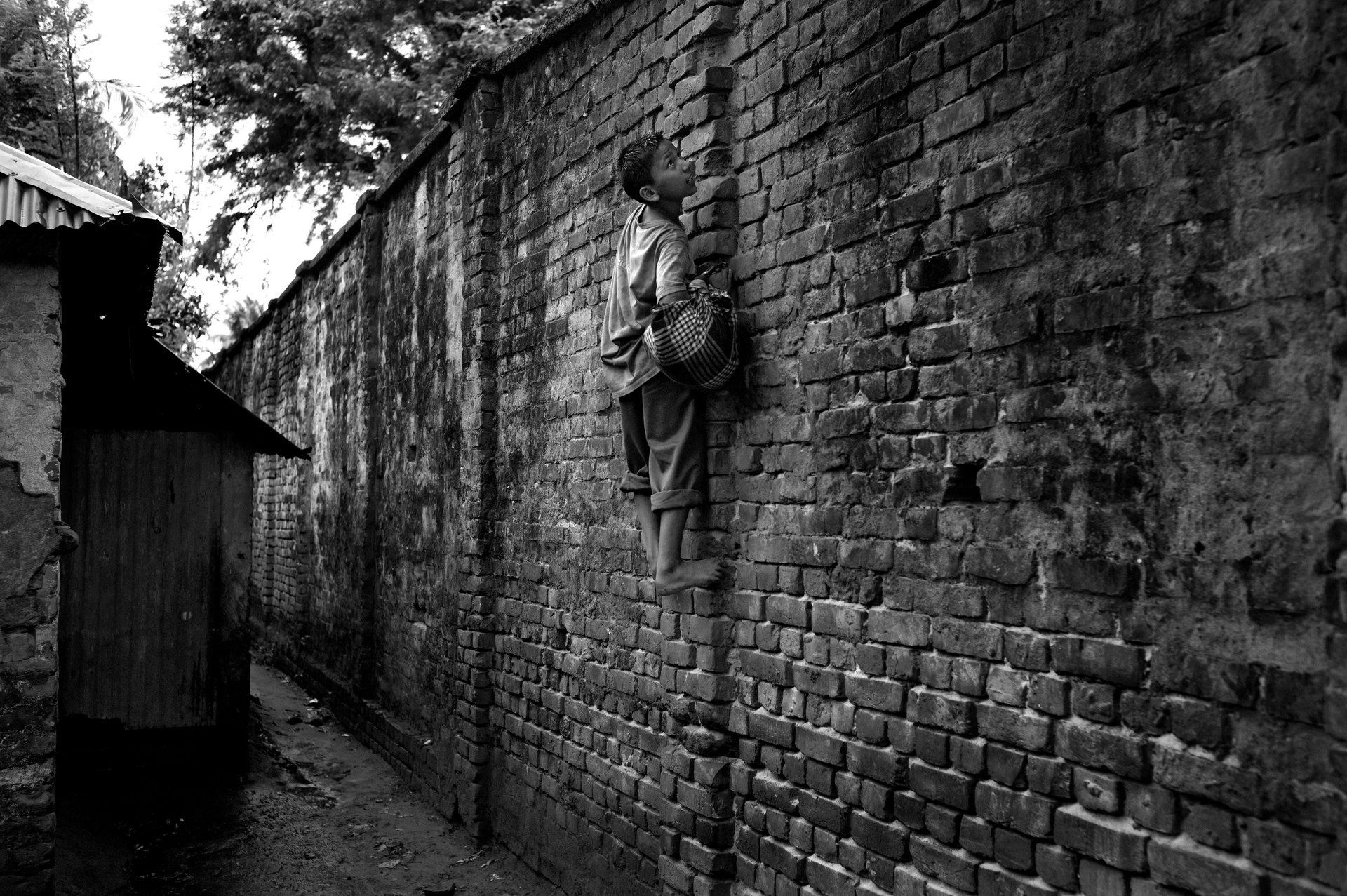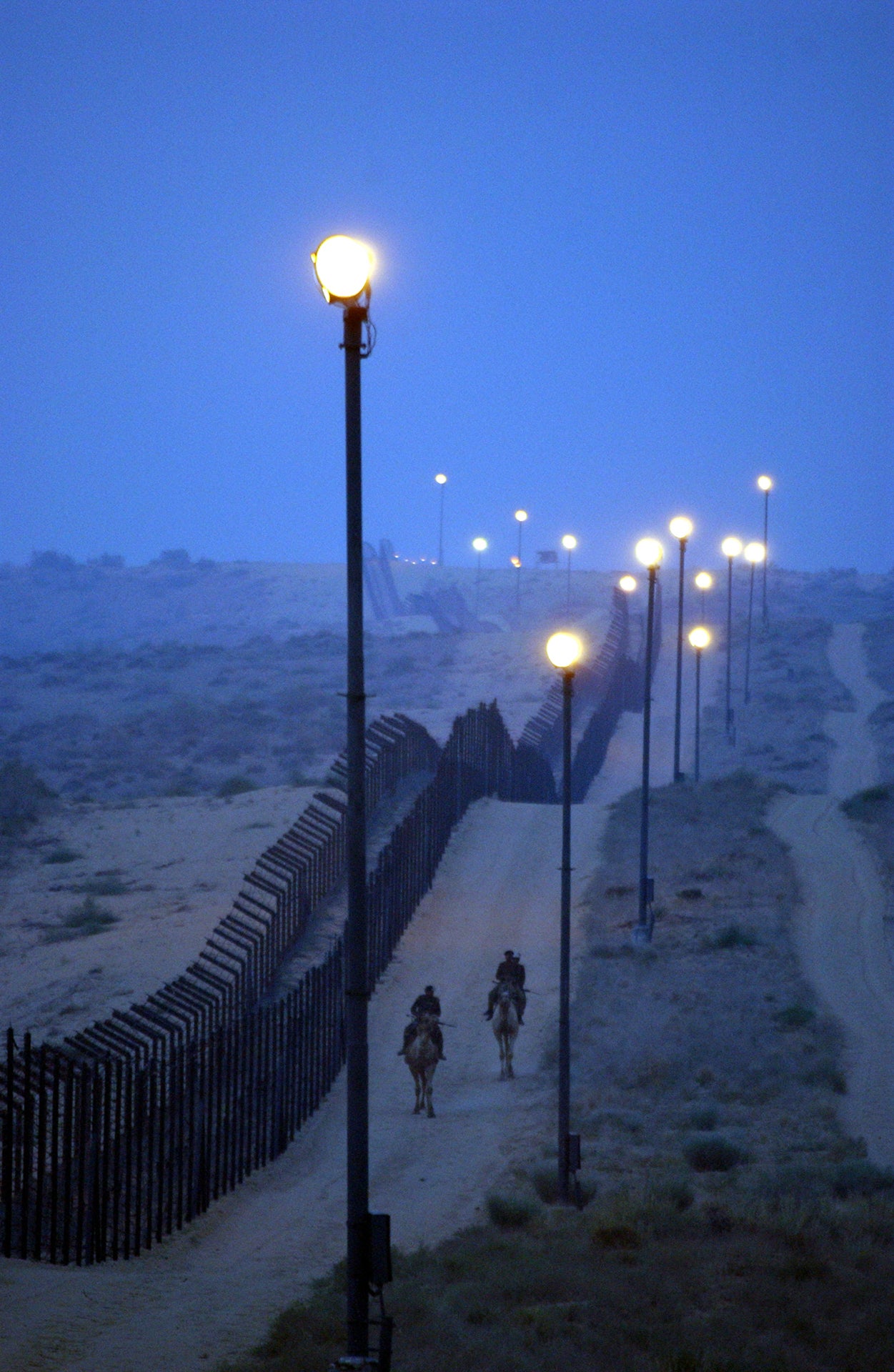The contradictory power of walls, in pictures
The idea of a wall, in our current political moment, can mean different things to different people.
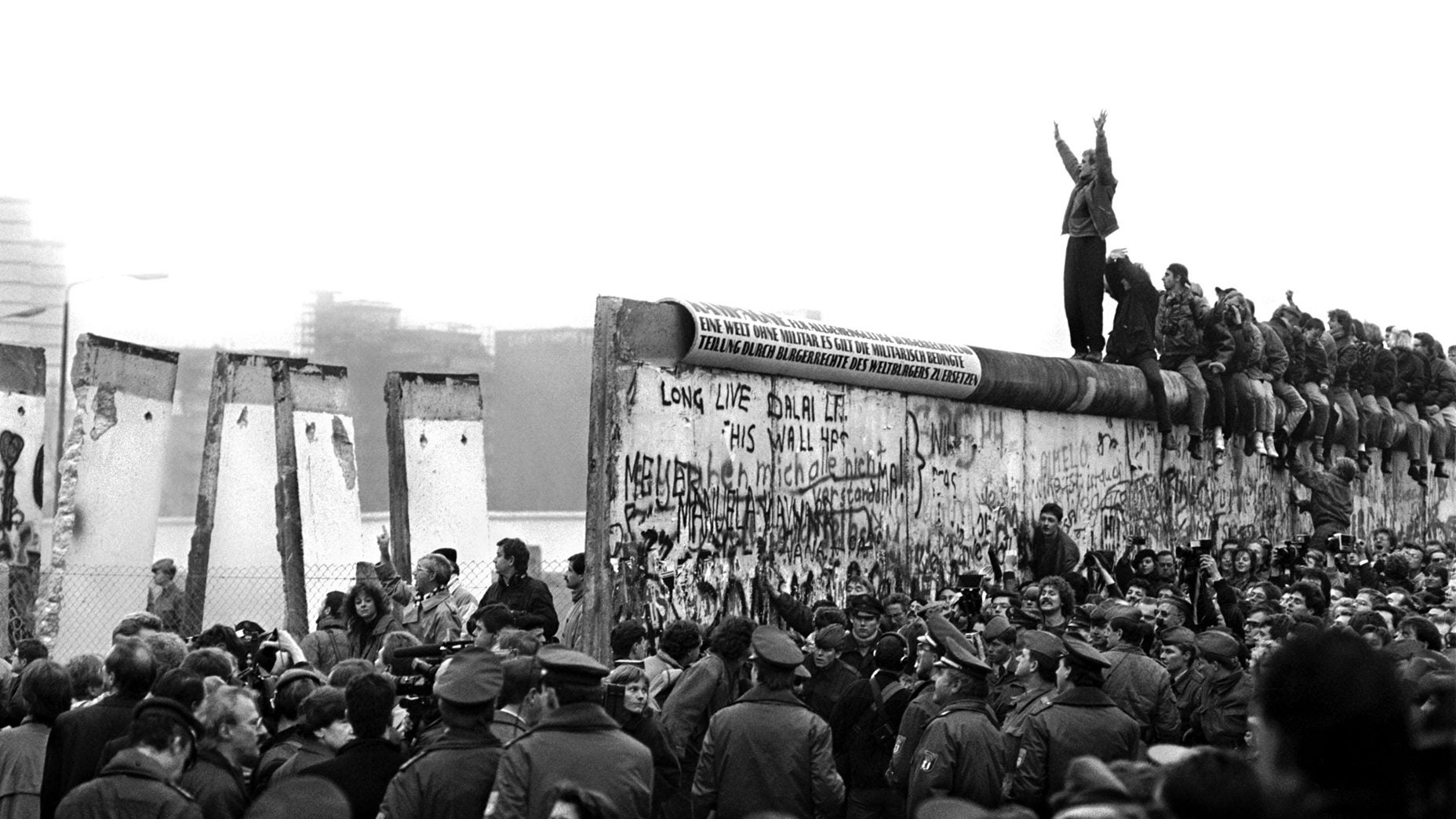

The idea of a wall, in our current political moment, can mean different things to different people.
As imagined by Donald Trump, a wall is the best way to keep unwanted immigrants out of the US. Yet a wall can also provide a gathering place. After Trump’s 2016 election, New Yorkers slapped thousands of Post-it notes on a bare wall at the Union Square subway station, sharing their hopes and fears.
An upcoming photography exhibition in Los Angeles is trying to unpack walls’ many meanings—and the power they represent for the people they sometimes surround.
W|ALLS: Defend, Divide, and the Divine at Annenberg Space for Photography uses images from photojournalists and artists around the world to “encourage visitors to explore the complex and multifaceted use of walls and challenge preconceived notions of why we build them.”
Many images focus on walls that separate people and on the political movements that create or destroy structures: Ethnic Albanian refugees passing a baby through a barbed wire fence, East and West Germans meeting at the crumbling Berlin Wall, or Indian security forces on camelback patrolling a large fence on the disputed border with Pakistan.
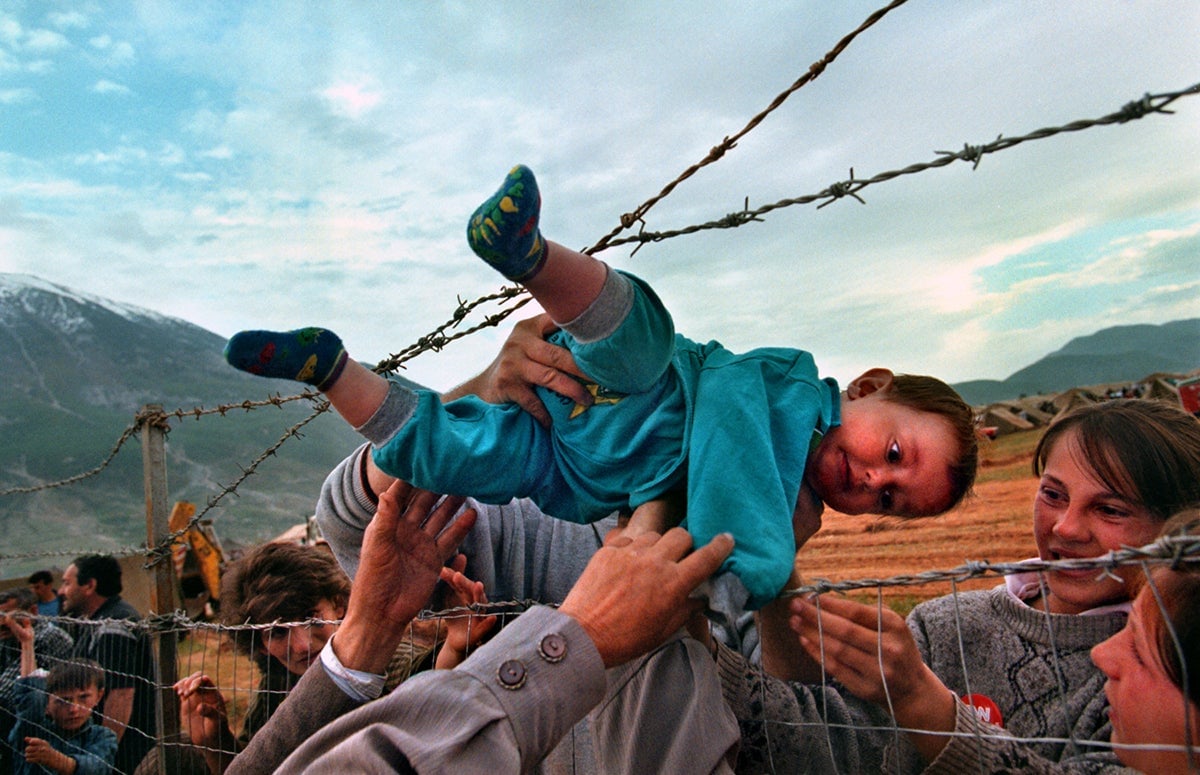
Others focus on the power of walls to provide protection or foster community, like a picture taken by photojournalist Ami Vitale of a thousand-year-old communal well in Jaipur, India. A note from the museum explains:
“Ripple Effect” is the title both of this image and a public awareness campaign Vitale spearheaded to address how to uplift societies by uplifting women. The phrase finds a perfect metaphor in this image: two women in a serrated setting, enclosed and elevated by the architecture surrounding them, the well and the women, both providing life and sustenance.
Here are a few selections from the show, with captions provided from the museum.
